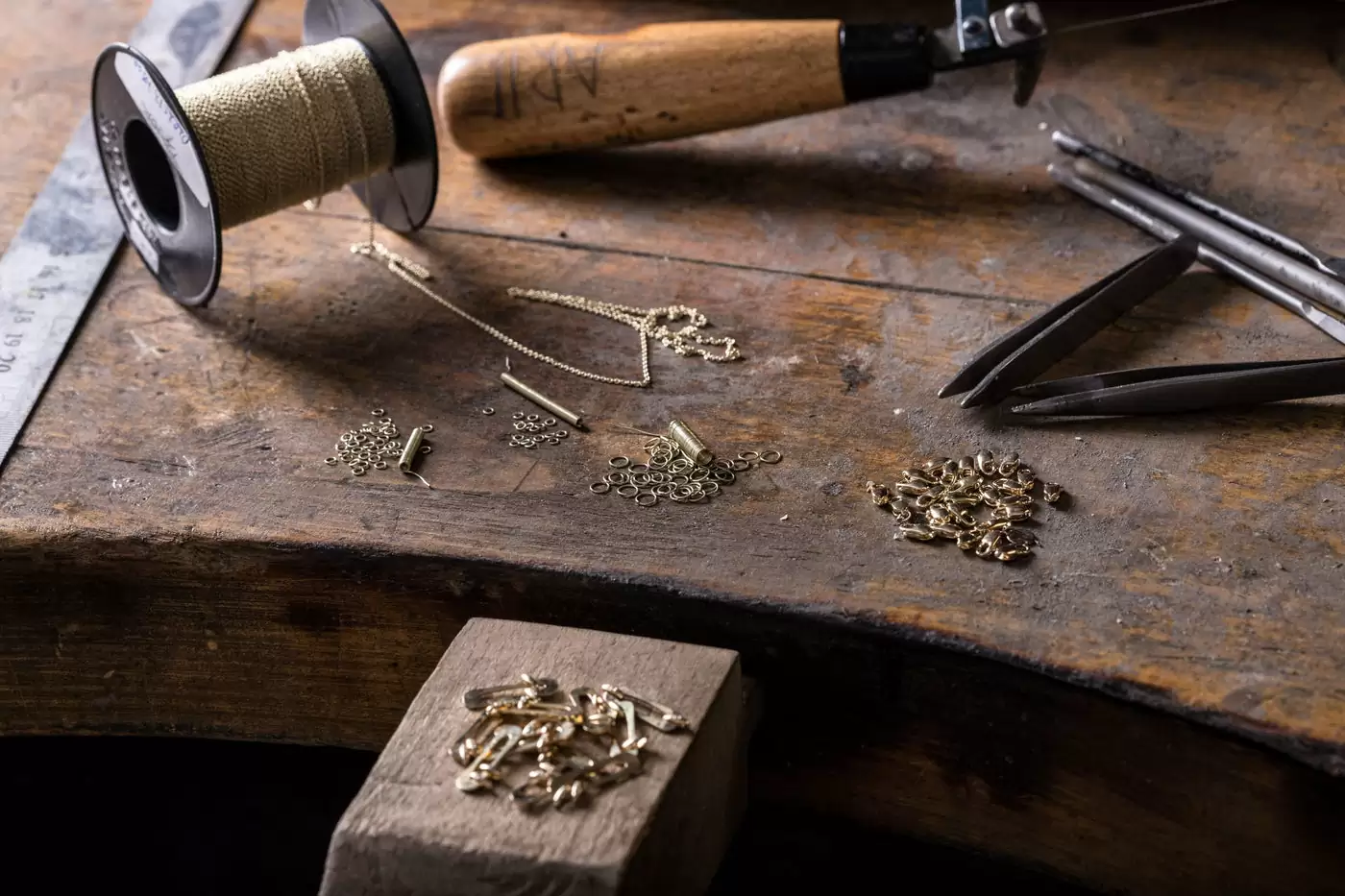What is the process involved in creating second-hand catalog jewelry?


Creating second-hand catalog jewelry involves a detailed process that combines creativity, craftsmanship, and a keen eye for design. From sourcing materials to the final product, each step is crucial in producing high-quality jewelry that is both unique and appealing to customers. In this article, we will explore the process involved in creating second-hand catalog jewelry, providing a comprehensive understanding of the journey from concept to completion.
Sourcing Materials
The first step in creating second-hand catalog jewelry is sourcing the materials. This involves finding high-quality gemstones, metals, and other components that will be used in the design. Many jewelry designers prefer to work with recycled or repurposed materials, as it aligns with the sustainable and eco-friendly nature of second-hand jewelry. These materials can be obtained from various sources, such as vintage jewelry pieces, estate sales, or even donations.
Jewelry Design
Once the materials are sourced, the next step is the jewelry design process. This is where the creativity of the designer comes into play. They will sketch out their ideas, considering factors such as aesthetics, functionality, and market trends. The design may go through several iterations before the final concept is chosen. Computer-aided design (CAD) software is often used to create detailed digital renderings of the jewelry, allowing for precise measurements and adjustments.
Prototyping
After the design is finalized, a prototype of the jewelry piece is created. This can be done using traditional jewelry-making techniques or through 3D printing technology. The prototype serves as a physical representation of the design, allowing the designer to assess its appearance and make any necessary modifications. It also helps in determining the feasibility of the design and identifying any potential manufacturing challenges.
Manufacturing
Once the prototype is approved, the manufacturing process begins. This involves transforming the design into a tangible piece of jewelry. Depending on the complexity of the design and the chosen manufacturing method, this step can involve various techniques such as casting, soldering, stone setting, and polishing. Skilled artisans and craftsmen play a crucial role in bringing the design to life, ensuring that each piece is meticulously crafted to meet the desired standards of quality and craftsmanship.
Quality Control
Quality control is an essential part of the jewelry-making process. Each piece of second-hand catalog jewelry undergoes rigorous inspection to ensure that it meets the highest standards of quality. This includes checking for any defects, verifying the accuracy of measurements, and assessing the overall finish of the piece. Any imperfections or inconsistencies are addressed and corrected before the jewelry is deemed ready for sale.
Photography and Catalog Creation
Once the jewelry pieces have passed quality control, they are ready to be photographed and included in the catalog. Professional photographers capture high-quality images that showcase the beauty and intricacy of each piece. These images are then used to create a visually appealing catalog that highlights the unique features of the jewelry. The catalog serves as a marketing tool, allowing customers to browse and select their desired pieces.
Marketing and Sales
The final step in the process is marketing and sales. The catalog is distributed to potential customers through various channels, such as online platforms, physical stores, or direct mail. Marketing strategies, such as social media campaigns or collaborations with influencers, are employed to generate interest and drive sales. Customer inquiries and orders are processed, and the jewelry is carefully packaged and shipped to its new owners.
In conclusion, creating second-hand catalog jewelry involves a meticulous process that encompasses sourcing materials, jewelry design, prototyping, manufacturing, quality control, photography, catalog creation, and marketing and sales. Each step is crucial in ensuring that the final product is of the highest quality and meets the expectations of customers. By understanding the intricacies of this process, customers can appreciate the craftsmanship and artistry behind each piece of second-hand catalog jewelry they purchase.
Recent Posts
How do I create an engaging and informative online quiz or assessment?
Creating an engaging and informative online quiz or assessment can be a powerful tool for… Read More
What are the most effective methods for managing and reducing work-related stress in the hospitality industry?
Work-related stress is a common issue in the hospitality industry, where employees often face long… Read More
How can I improve my assertiveness and communication skills in a leadership position?
In a leadership position, assertiveness and effective communication skills are crucial for success. Being able… Read More
What are the key elements of a successful employee recognition and rewards program?
Employee recognition and rewards programs play a crucial role in motivating and engaging employees, as… Read More
How do I effectively manage and respond to customer feedback and reviews?
Customer feedback and online reviews play a crucial role in shaping a company's reputation and… Read More
What are the best strategies for effective time management as a stay-at-home parent?
Effective time management is crucial for stay-at-home parents who juggle multiple responsibilities on a daily… Read More